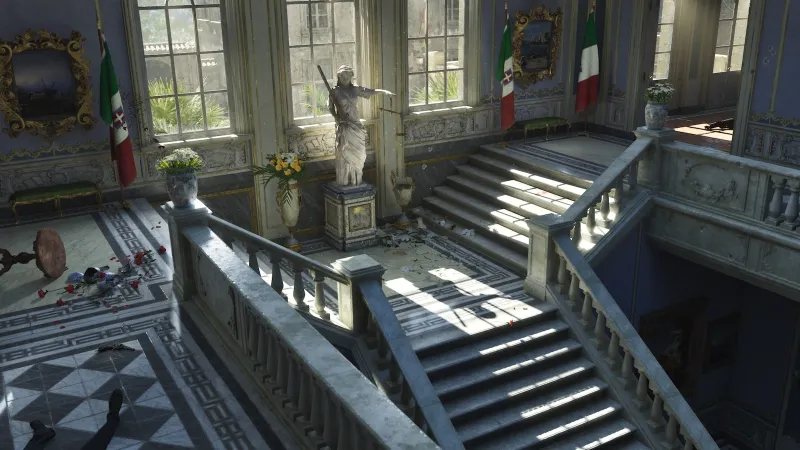

Our extra-large special edition is here. Subscribe today and receive the 25% longer issue at no extra cost!
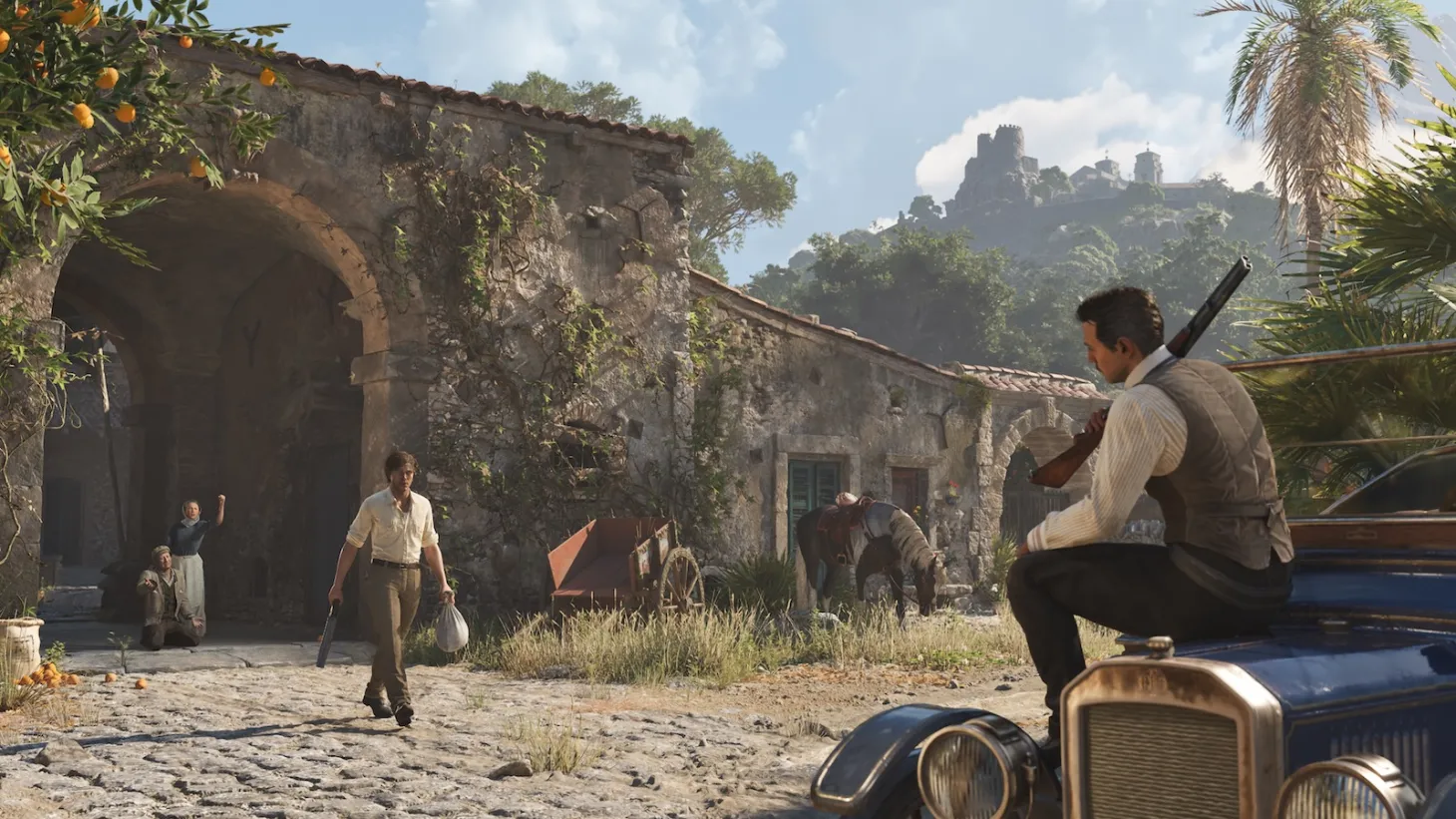
I loved Mafia: Definitive Edition back in 2020. It eschewed the open-world checklist of the previous Mafia release, Mafia III, which was responsible for the bevy of issues players had with the game, and reminded me that the reason I like these games is that they’re excellent translations of mafia movies and TV shows into a game. Mafia (2020) featured the straightforward story from the original game, a remade and beautifully relit version of Chicago Lost Heaven, and tight, focused gameplay that drove the fun. It’s for that reason Mafia: The Old Country is one of my most anticipated releases this year – not only is it studio Hangar 13 returning to its original formula, but it’s doing so in a new engine with a new family and, perhaps most excitingly, the franchise’s first full visit to Italy (besides that opening in Mafia II).
Ahead of its release next month, I spoke to The Old Country’s game director Alex Cox and art director Steven Noake about this new (but older) era for Mafia. Here’s what I learned.
Italia, Finalmente
The Mafia’s series roots lie in the real-world history of Italian-American gangster groups in the 20th Century, and though the cultures of those people are often front and center in the games, it’s through the lens of American soil. Besides Mafia II’s opening in Sicily’s fictional San Celeste, The Old Country is finally bringing the series to Italy. And it’s not just a quick vacation – Sicily is the playground for players in control of newcomer protagonist Enzo Favara. This departure from America to the Mafia homeland stems from Hangar 13 wanting to redefine the series for a new era of crime families. In order to do that, the team looked forward, yes, but more than that, backward.
“We started this project directly after Mafia: Definitive Edition [...] and so that set our course,” Cox tells me over a Zoom call. “[Mafia: Definitive Edition] reignited our interest in that style of design from Mafia 1 and Mafia II, particularly that linear kind of game. So we started there, then started fishing around for what it meant to make a new Mafia game.”
Given that the team already knew it was moving away from its in-house Fusion Engine to Unreal Engine 5, Hangar 13 saw The Old Country as essentially starting the Mafia series from scratch. “Given that we were starting from scratch, going back to the beginning of the franchise felt like a really nice place to begin,” Cox says.
Mafia, as a series, is the story of organized crime families in the 20th Century, according to Cox, so Hangar 13 decided to go back to the start of the saga. Though The Old Country will have nods to the other games in the series, Cox assures me it’s a standalone story within the Mafia universe. In fact, he calls it a soft reboot, adding, “We hope very much this is pretty much the start of a new series of Mafia games.”

Noake says early 1900s Sicily provides a refreshing sandbox to bring to life. “There’s so much juice in that setting,” he tells me. “In this specific time, you get to see where all these traditions that you’re really familiar with in all of mafia media have come from, especially the sort of more American side of it, and see where those traditions arose and the context for that. It’s just full of creative possibilities that we mined heavily.”
Cox says while American media focuses on the Italian-American heritage of mafias in history, the team discovered that, perhaps unsurprisingly, Italian mafias are showcased in movies and TV more in Italy. Diving into that was part of the team’s research, as was visiting Sicily. One of the bigger differences between the two cultures of mafia is that in Italy, the mafia wasn’t just shady (and threatening) businessmen – it was barons, aristocrats, doctors, lawyers, and more.
If Italian-American mafia conjures images of Prohibition, Tommy guns, and Al Capone kicking the door in and shooting a place up, Noake says the Sicilian mafia was more like a fraternity or freemason sect than a gang. It was also very secret, he says, dismissed as rumor by locals until the 1960s and ‘70s in Italy, and backed by blood oaths. Regardless of the differences, Noake says the culture of mafias can be directly traced from Sicily to places like New York, Chicago, and elsewhere.
“In Sicily, [these mafia members] see themselves a little differently,” Cox says. “They see themselves as almost outstanding members of society, filling a power vacuum with a sense of responsibility and order for the common people.”
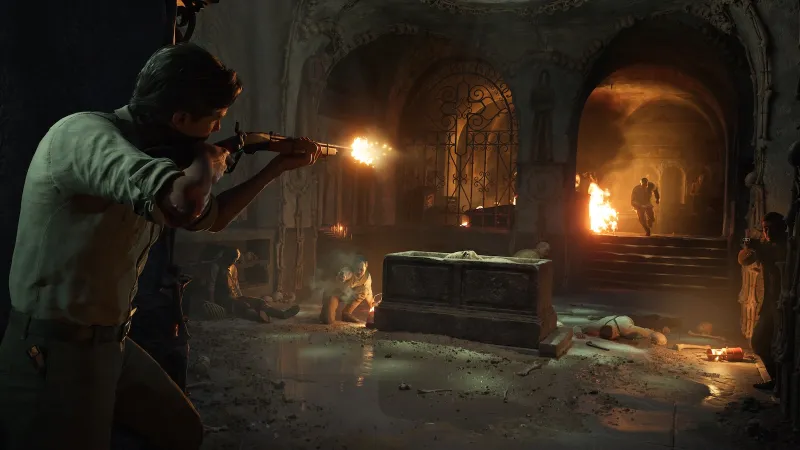
Roma Non Fu Costruita In Un Giorno, Ne Lo Fu La Sicilia
My wife, Gabriella, was born in Italy – the beautiful town of Cassino in the province of Frosinone, about 45 minutes south of Rome, to be exact – partially raised there, and is a fluent speaker of Italian today. I love visiting Italy with her to view its incredible sights and hang out with family. As such, I am very familiar with Italy, the appeal of its more rural areas, and the fascinating way Italian (often Roman) history is embedded in the very ground beneath one’s feet in both well-known and less-traveled places. However, for all my love of rural Italy, it’s not my first choice for a Mafia setting, especially in a series that has flourished in big bright-lights cities, so I was curious how the team approached making a fun action game in Sicily’s countryside. Key to Hangar 13’s appeal was the way history shapes the environment.
“I gave many talks to our artists as they came onto the project, and I would have this board of images of doorways, and we would look at how the houses were clearly, at one time, quite expensive and beautiful,” Noake tells me. “Architecturally, there are carved stone balconies and all this beauty, and then over time, the elements of the house, or in this instance, the door, are replaced with something slightly cheaper and slightly more improvised. So you can see what started as a beautiful location eventually started to decay.”
He says the idea of this decay, the way modernity acts as a blemish to once beautiful history, was key to the visual design and delight of The Old Country. Critically, Noake and his team didn’t want to make The Old Country’s Sicily an Instagram location, or something out of a vacation brochure. He says players might not see something like Mafia II’s Empire Bay and its skyline of skyscrapers on the horizon of Sicily, but instead, a volcano. Shootouts in jewelry stores might not happen, but skirmishes in Roman-Grecian ruins will. There’s even a mission in an opera house.
“We have tried hard to have those very distinctive, iconic locations that people associate with Italy and Sicily, too,” Noake says, adding he believes players will resonate with the visuals of Sicily just as they do the cities of previous Mafia games. “The approach is always the same, regardless of setting, right? You’re looking for a really distinctive, memorable location for a mission, whether that’s ruins or a wharf. You find something fitting and memorable and tell a story about that.”
On the topic of a city, Cox says, “The city of San Celeste [...], that’s kind of the center of our environment, a hilly town surrounded by fields and countryside. That’s where the Mafia originated, in protection rackets of agricultural wells and lemon groves. We wanted to evoke that lifestyle.” Noake adds, “I think something we didn’t really appreciate before we started the game [and researched for it] was the successive waves of immigration and conquest that Sicily has been a part of. So the Greeks, the Normans, the Spanish, all these different groups were essentially running the country for their own purposes. [Our game dives into] the mafia’s place in that, right? Sicily is run by absentee landlords, which allows [the mafia] to find a place in this world.”
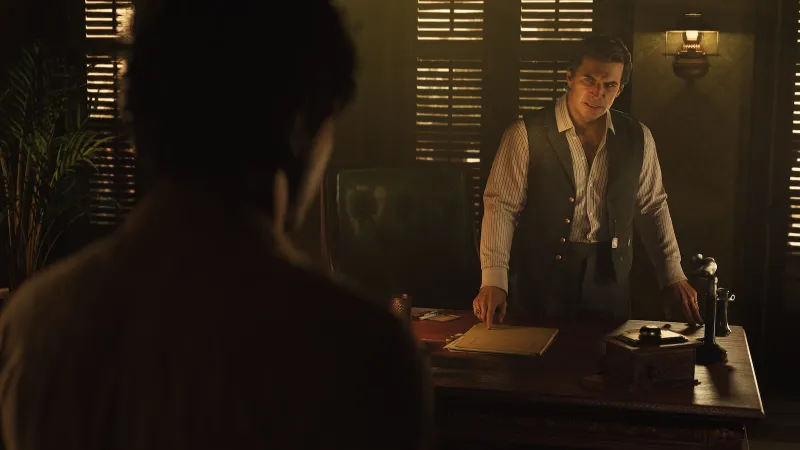
Vivendo La Mafia
Evoking their place in this world drastically changed the approach to Mafia gameplay, which is perhaps the biggest difference between The Old Country and its predecessors. Guns exist, but they aren’t automatic. There’s ammo to be found, but not much of it, with Cox saying the team treated ammo and guns in almost the way a survival horror team might. Cars exist, but they’re slow, the earliest models of the 20th Century. As a result, Enzo will fancy a stiletto knife and a horse more than a gun and a car, but that’s not to say he won’t utilize all of this at points in The Old Country’s linear story.
It helps that The Old Country takes place over years, like previous Mafia games, giving Sicily the chance to grow and change, with Cox alluding to more cars and weapons coming into the picture as a result. As for what this will feel like, Cox says, “Of course, it’s a little bit slower paced, a bit more tactical, quite dangerous and resource scarce, and less frenetic.” In other words, don’t expect to shoot places up too often. Instead, you’ll be sleuthing around, silently slitting throats and engaging in knife fights, and using the environment to your advantage – gameplay released thus far backs this up, too. Though I’ll miss the Tommy gun, I’m excited about this stealthier approach to gameplay.
Ultimately, Cox says Sicily, as a setting, has made gameplay more deliberate, grounded, and realistic. But don’t worry, combat encounters are still red-blooded and raw, according to Cox, right before he zips his mouth shut as he starts to spill the beans on some of the final “really exciting” missions.
As for Noake, he says that the setting of Sicily and its impact on gameplay caused his team to retool what combat visually looks like on screen. “Moments need to feel more impactful [...] which means you spend a lot of time working on damage being apparent and persistent on characters, showing them heal, and making things like bandages persistent between sessions,” he says. “It’s about leaning into the consequence of these combat encounters.”
“I think a big difference [in The Old Country] is what the game feels like to play and what it looks like – it’s the most dramatic shift in creative direction on the project,” Cox adds. He hopes players see the consistency the team has tried to maintain in this game and its place in Mafia outside of that.
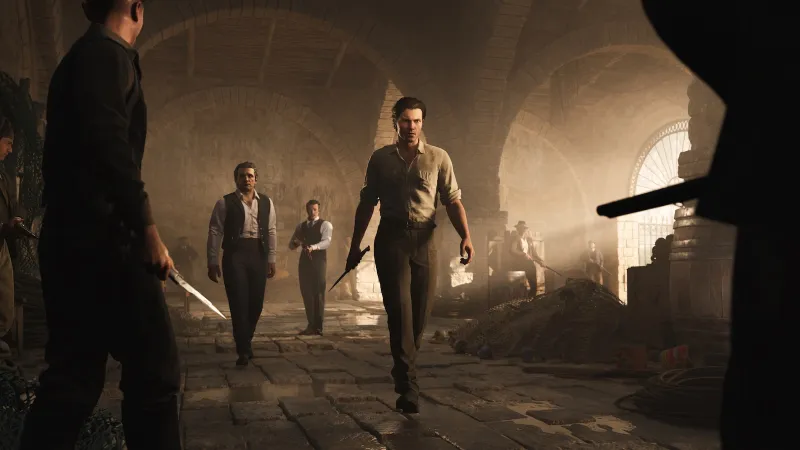
Chiudendo Il Sipario
When I ask Cox and Noake about what they’re most excited for players to see in the first new Mafia entry since 2016, they both showcase their interview training with simple but slightly teasing answers.
Noake: “I’m really excited to see players’ reactions, that’s the thing I’m looking forward to most. I can’t talk about the narrative, but I think the stellar part of this game is the narrative.”
Cox: “We can’t really discuss it further, I agree, but the end of the story hits pretty hard, it’s great. I’m looking forward to people’s reactions to it, and I’m interested in the response of the fans of the franchise. There are players who have been with us for 20 years now, or since the first game. I hope they’re interested in going back in time because we’ve been as respectful as we can to make sure this feels like a fitting entry into the series and intersects in interesting and exciting ways with future stories.”
Mafia: The Old Country launches on PlayStation 5, Xbox Series X/S, and PC on August 8.
In the meantime, catch up on Game Informer’s thoughts on the series in our Mafia: Definitive Edition review, Mafia II review, and Mafia III review.
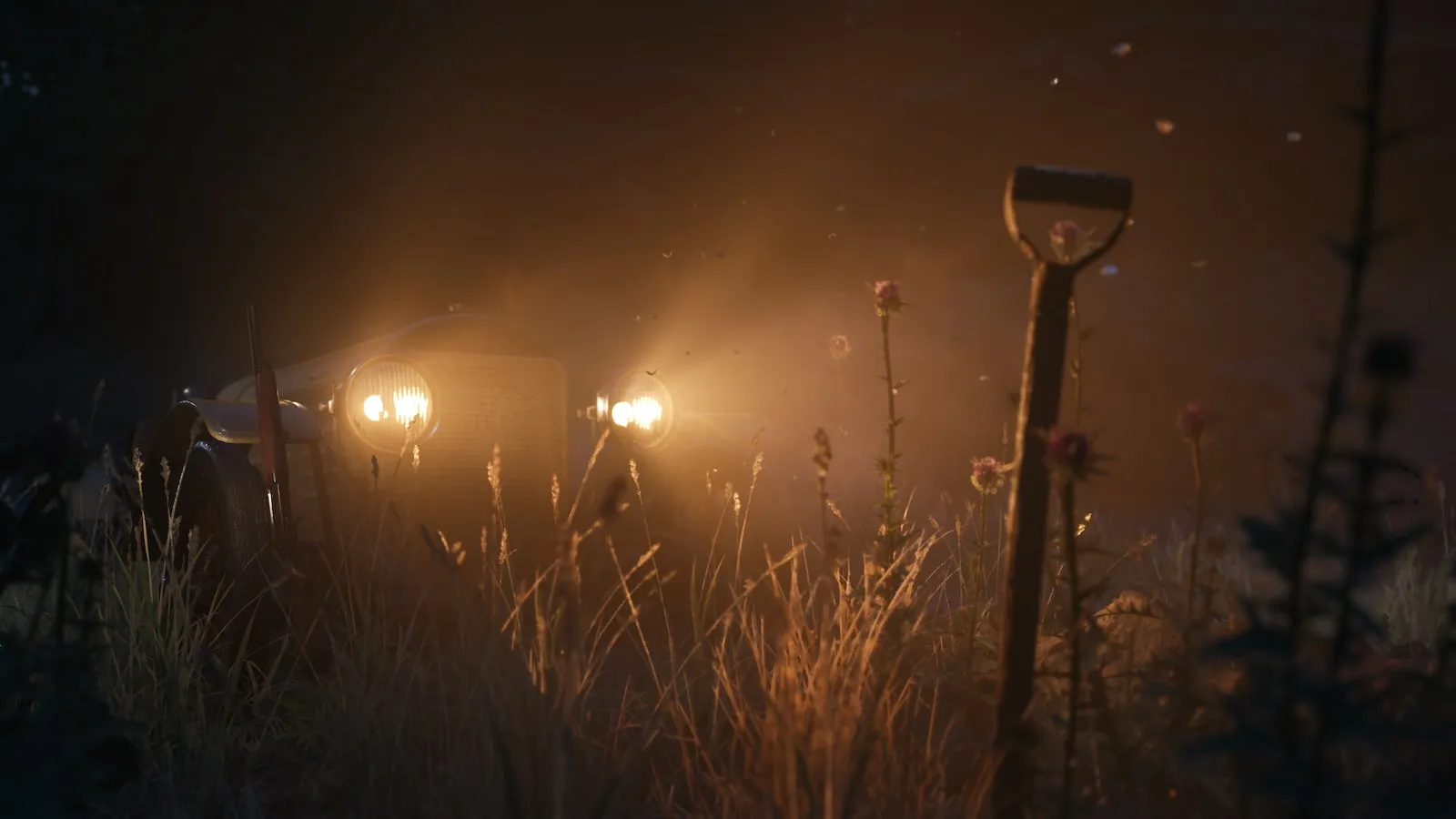






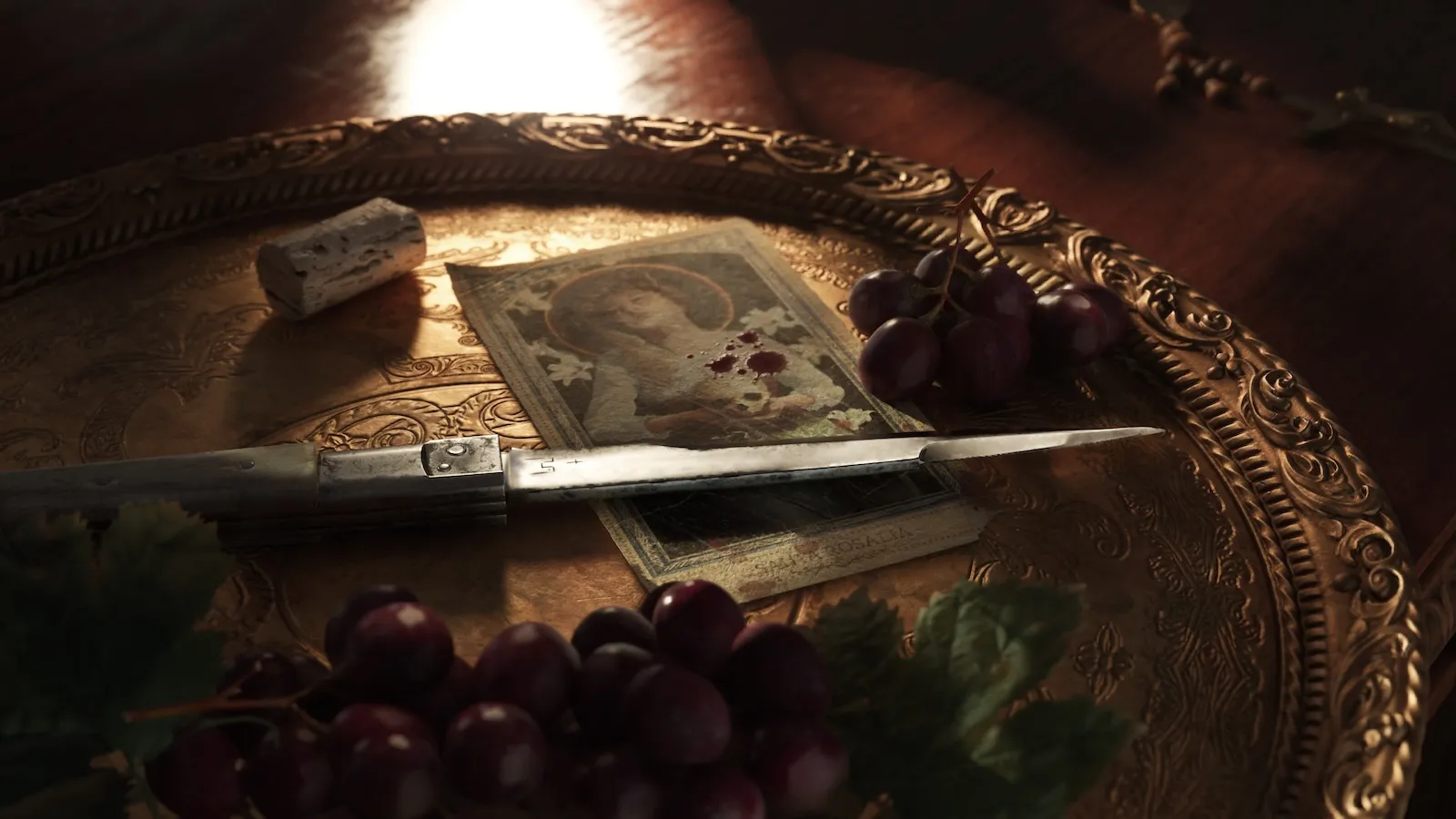
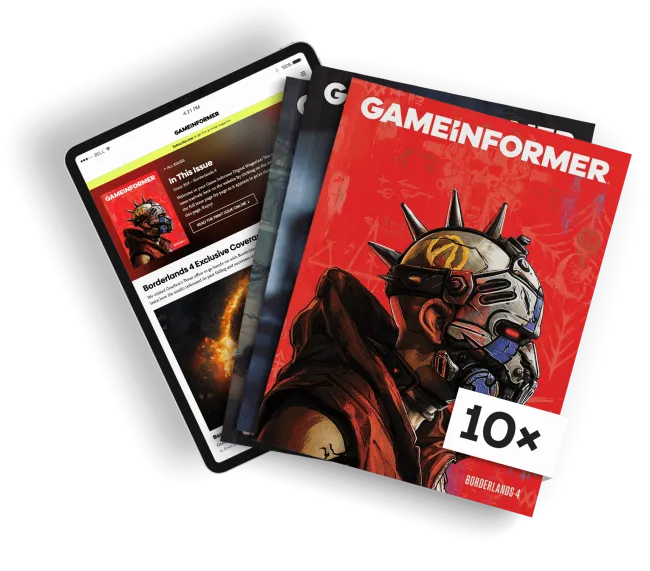
Explore your favorite games in premium print format, delivered to your door.